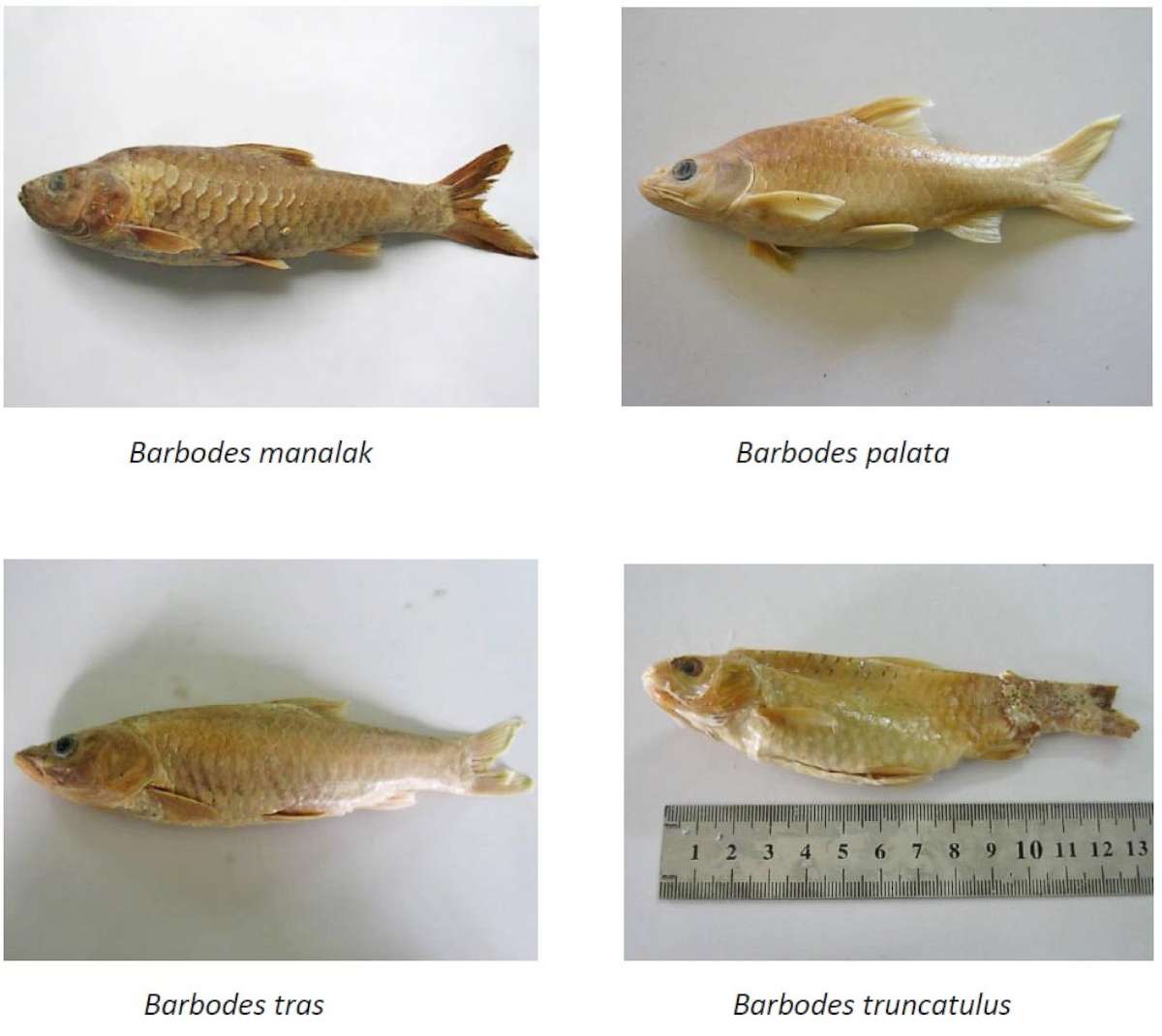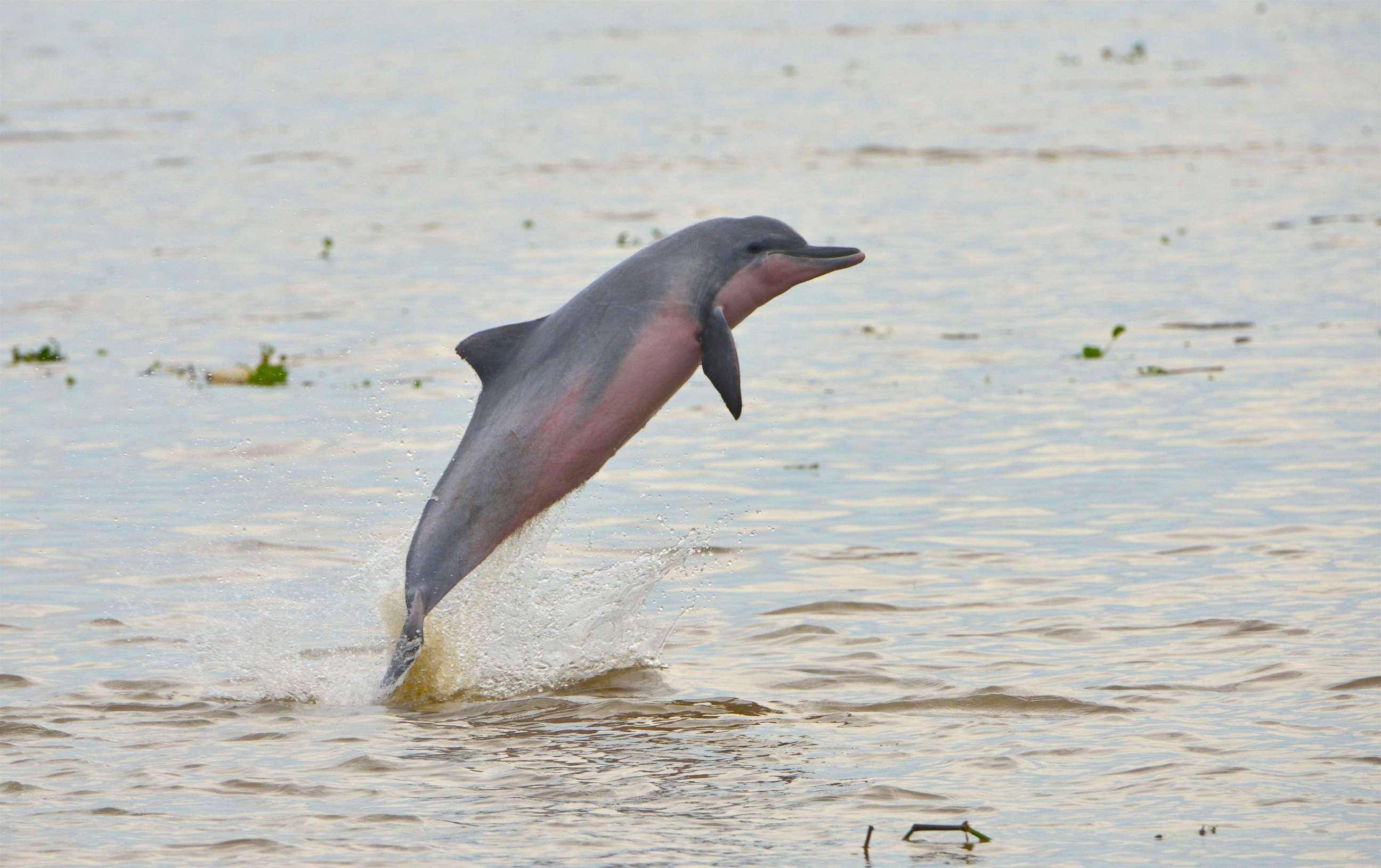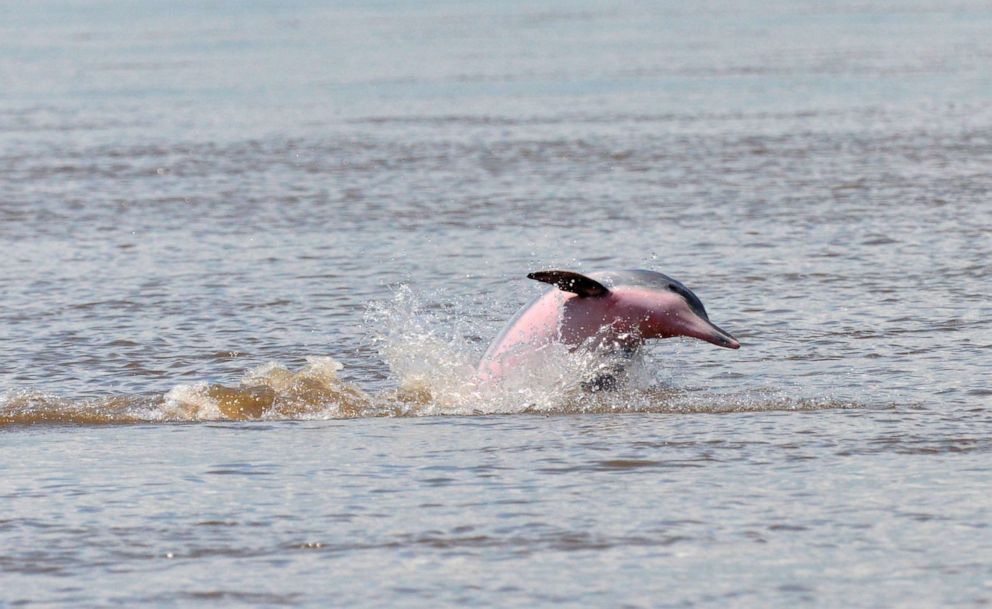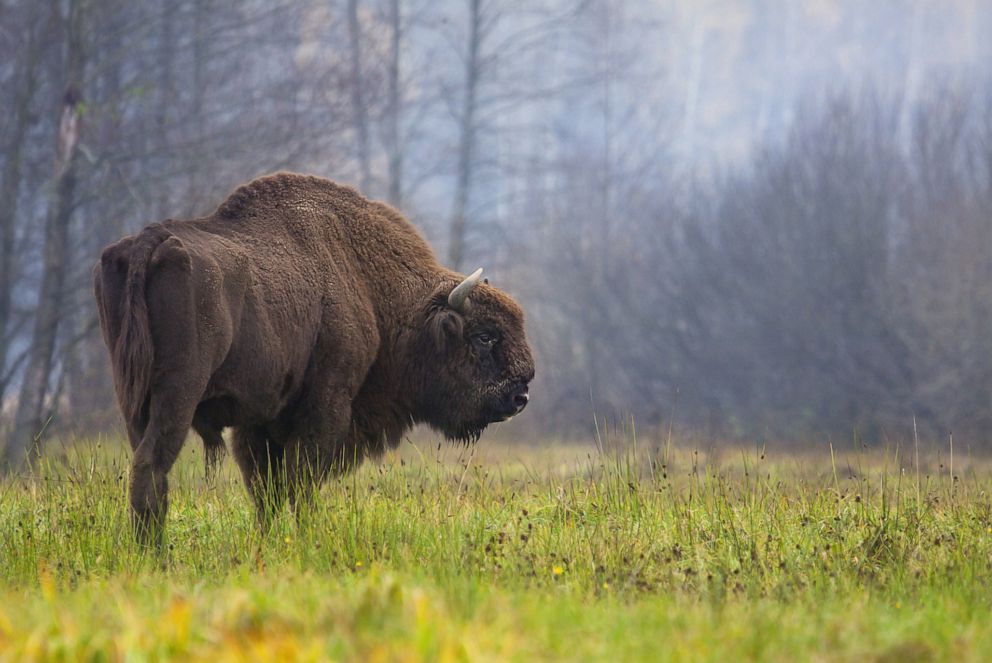31 species now extinct, according to IUCN's Red List of threatened species
At least 35,765 species are threatened with extinction.
An update to the International Union for Conservation of Nature's Red List of Threatened Species has declared 31 animal and plant species extinct.
That total includes the lost shark, listed as critically endangered or possibly extinct, as it was last recorded in 1934, the ICUN announced on Thursday. The lost shark's habitat in the South China Sea, one of the world's most exploited marine regions, has been extensively fished for more than a century.
It's unlikely the lost shark's population could have persisted under current conditions, so it's probably already extinct, according to the ICUN.
Out of 17 freshwater fish species in Lake Lanao and its outlet in the Philippines, 15 are now extinct and two are critically endangered or possibly extinct, the ICUN announced. The extinctions were caused by predatory introduced species as well as overharvesting and destructive fishing methods.

In Central America, three frog species have now been declared extinct. Another 22 frog species across Central and South America are listed as critically endangered or possibly extinct -- with the driver of the declines identified as chytridiomycosis disease, an infectious disease caused by a fungus that affects amphibians worldwide.
In addition, all of the species of freshwater dolphin in the world are now threatened with extinction, with the addition of the tucuxi, a freshwater dolphin species found in the Amazon river system, to the list, according to the ICUN. The tucuxi population has been "severely depleted" by deaths linked to fishing gear, damming rivers and pollution. The priority actions to recover the species include eliminating the use of gillnets -- curtains of fishing net that hang in the water, reducing the number of dams in its habitat and enforcing the ban on deliberately killing them.


In the plant world, the ICUN has found that nearly a third of oak trees around the world are threatened with extinction, with the highest numbers in China and Mexico, followed by Vietnam, the U.S. and Malaysia. Land clearance for logging and agriculture are the most common threats, as well as invasive alien species and diseases, and climate change.
Species that have recovered include the European bison, the largest land mammal in Europe, which has progressed from vulnerable to near-threatened. The population has grown from about 1,800 in 2003 to more than 6,200 in 2019 after surviving only in captivity in the early 20th century. It was reintroduced to the wild in the 1950s, and the largest subpopulations are found in Poland, Belarus and Russia.

Currently, there are 47 free-ranging European bison herds, but they're largely isolated from one another and confined to suboptimal forest habitats, according to the ICUN. Only eight of the herds are large enough to be genetically viable in the long term, so the species will remain dependent on conservation efforts, such as moving them to more optimal, open habitats, and reducing conflicts with humans.
The outlook for 25 other species has also improved, which demonstrates "the power of conservation," IUCN Director General Dr. Bruno Oberle said in a statement. The growing list of extinct species is a "stark reminder that conservation efforts must urgently expand" and that conservation needs to become incorporated in all sectors of the economy to tackle global threats, such as unsustainable fisheries, land clearing for agriculture and invasive species.
"The conservation successes in today's Red List update provide living proof that the world can set, and meet, ambitious biodiversity targets," Dr. Jane Smart, global director of IUCN's Biodiversity Conservation Group, said in a statement. "They further highlight the need for real, measurable commitments as we formulate and implement the post-2020 global biodiversity framework."




